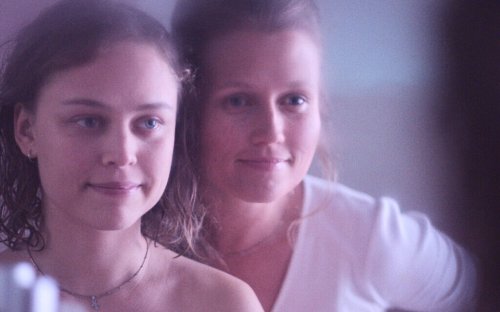Educational Differences in That is Already Partnered: The newest Character regarding Divorce
The overall development for men is comparable. Such as feminine, dudes exactly who over less many years of education are more prone to wed on young age, but such as for example women, higher-knowledgeable guys catch up later. However, men’s efficiency range from women’s during the about three trick implies. Very first, guys generally marry 24 months later than simply feminine, highlighting the latest seminar that dudes for the first marriage ceremonies try a little more mature than its spouses. 2nd, higher-educated dudes get caught up to reduce-educated men sooner than high-educated women catch-up to lower-experienced women. Finally, whereas black female with a few school are since most likely just like the black colored women who graduate regarding college to wed from the forty-five, you will find a significant difference in black dudes that do and do not become college, that have black college graduates much more likely so you can marry than just black colored dudes with just certain university.
Typically, almost 50 % of Western marriages have a tendency to end up in split up, but breakup rates is actually low to have college students, plus the training gap within the divorce proceedings has increased from inside the current . “Diverging Destinies: Exactly how People Food Under the Second Demographic Change.” Demography. 41(4): 607-627.) There are many reasons for which. Faster experienced somebody typically get married from the an earlier age, that’s from the higher split up cost. And also the all the way down earnings and you will better economic insecurity of these with faster education improve worry, affecting separation.
Such data differ from the fresh new “actually ever married” percents inside Profile step one, where whoever has hitched however they are separated and just have not remarried appear in Figure step 1 since married yet not when you look at the Contour 2 since already married
In the Shape 2, i look at the percent of individuals who are partnered at every many years, independently for every single degree category. (more…)

